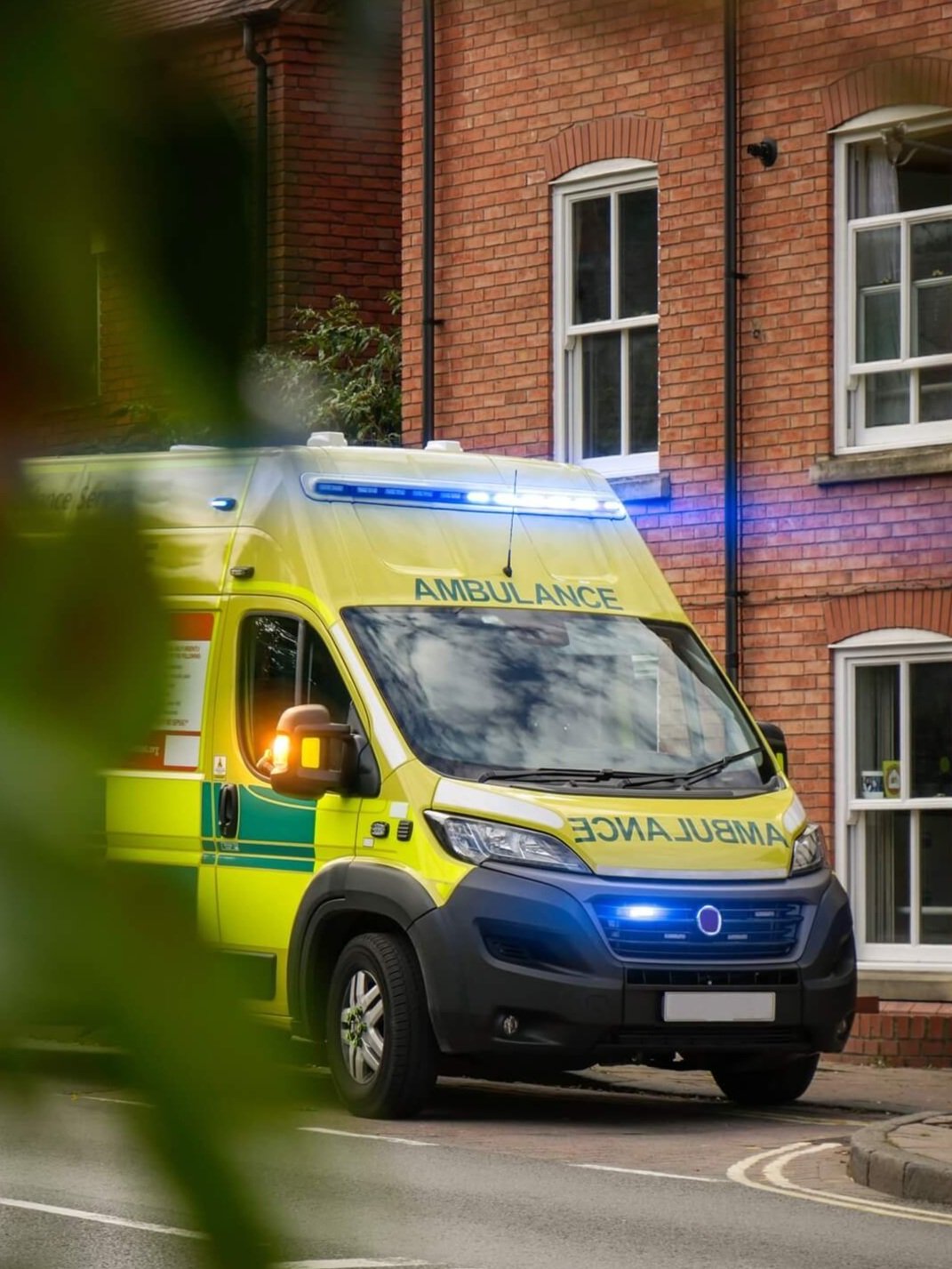The Impact of Martyn’s Law on FREC 3 Training and FPOS for Security Professionals
The Implications of Martyn’s Law on First Aid and Pre-Hospital Care (FREC & FPOS) Training.
Martyn’s Law, also known as the Protect Duty, is a proposed piece of legislation designed to enhance public safety and security at publicly accessible venues. Named in honour of Martyn Hett, one of the victims of the 2017 Manchester Arena attack, the law aims to ensure better preparedness for potential terrorist incidents.
While the legislation has not yet been passed and is currently undergoing Parliamentary scrutiny, its implications are already being widely discussed across industries—particularly those involved in security and event management.
What Is Martyn’s Law?
Martyn’s Law seeks to establish a legal framework requiring venues and organisations to improve their security measures. At its core, the law will:
Require venues to conduct risk assessments.
Implement proportionate security measures.
Provide training for staff to respond effectively to incidents.
This law is designed to enhance public safety by creating a culture of vigilance and preparedness. Its provisions will apply to a wide range of publicly accessible venues, from concert halls to shopping centres, and will place a particular focus on ensuring staff are equipped to handle emergencies.
Why First Aid and Pre-Hospital Care Training Matter
While Martyn’s Law primarily addresses security measures, it also highlights the importance of emergency preparedness. In the event of a major incident, having trained personnel on-site can make a huge difference. Security staff and close protection operatives are often the first responders in emergencies, so equipping them with advanced first aid and pre-hospital care skills is an essential part of fostering a safe environment.
Basic first aid training is a good starting point, but high-risk environments require more robust training. Courses like the Level 3 First Response Emergency Care (FREC 3) qualification provide the advanced skills needed to respond to serious medical emergencies, such as traumatic injuries or cardiac arrests. While Martyn’s Law does not mandate FREC 3 specifically, investing in this level of training can significantly enhance your team’s ability to respond effectively when they need to.
FREC 3 vs. FPOS: Understanding the Difference
When considering advanced first aid and pre-hospital care training, it’s worth exploring how FREC 3 compares to the First Person on Scene (FPOS) qualification. Both courses are designed to equip individuals with the skills needed to manage emergencies in high-pressure environments, but there are some key differences.
For more detailed comparisons between FPOS and FREC 3, visit our dedicated blog: FPOS vs FREC 3. By understanding the benefits of both courses, security professionals can make informed decisions about which qualification best meets their needs.
In summary we believe that one of the significant advantages of the FREC pathway is its clear routes of progression, from FREC 3 through to higher levels like FREC 4 and beyond, enabling participants to continuously advance their skills and qualifications. Additionally, FREC qualifications are better recognised within the industry, making them the preferred choice for security, event, and close protection professionals. With its enhanced focus on trauma management, advanced airway techniques, and the use of haemostatic agents and tourniquets, FREC 3 equips participants with the skills needed to handle emergencies in today’s high-risk environments effectively.
FREC 3 for Security Staff and Close Protection Operatives
Security personnel and close protection operatives work in environments where the stakes can be high. Whether it’s managing a crowded event or protecting high-profile individuals, being prepared for medical emergencies is a key component of the role. FREC 3 goes beyond the basics, covering subjects such as:
Advanced life-saving techniques, including airway management.
Treatment of catastrophic bleeding using tourniquets and haemostatic dressings.
Patient assessment and stabilisation.
This level of training equips personnel with the skills to manage emergencies until further help arrives. For teams operating in high-risk environments, FREC 3 is an invaluable tool that not only improves safety but also demonstrates a proactive approach to risk management—aligning perfectly with the ethos of Martyn’s Law.
Preparing for the Future with NR Medical Training
At NR Medical Training, we understand the unique challenges faced by security professionals. That’s why we offer tailored training solutions designed to meet the needs of the security and close protection industry. Our FREC 3 courses are delivered by experienced professionals with real-world expertise in pre-hospital emergency care, ensuring that your team gains practical, hands-on skills that are directly applicable to their roles. In addition the FREC pathway offers clear routes of progression to course such as FREC 4.
While Martyn’s Law is not yet in force, taking steps now to enhance your team’s preparedness is a smart move. By investing in advanced first aid and pre-hospital care training, you can demonstrate your commitment to safety and readiness—key principles that underpin the forthcoming legislation.
Take the Next Step
Whether you’re looking to upskill your security team or ensure compliance with future legislation, NR Medical Training can help. Our training is engaging, practical, and delivered face-to-face, ensuring your team gains the knowledge and confidence they need to respond effectively in emergencies.
For more information or to book a course, visit our Security and Close Protection Training page. Let’s work together to enhance safety and preparedness in your organisation.
















